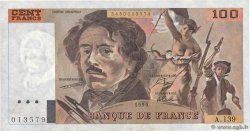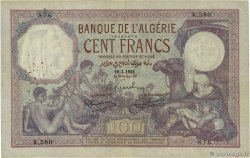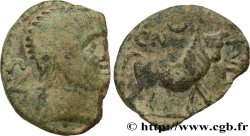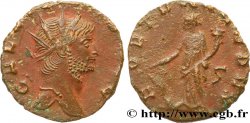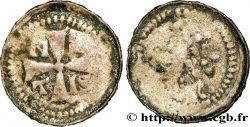v55_0024 - CORINTHIA - CORINTH Statère
MONNAIES 55 (2012)
Starting price : 280.00 €
Estimate : 450.00 €
Realised price : 380.00 €
Number of bids : 8
Maximum bid : 380.00 €
Starting price : 280.00 €
Estimate : 450.00 €
Realised price : 380.00 €
Number of bids : 8
Maximum bid : 380.00 €
Type : Statère
Date: c. 330 AC.
Mint name / Town : Corinthe, Corinthie
Metal : silver
Diameter : 22 mm
Orientation dies : 9 h.
Weight : 8,46 g.
Rarity : R1
Coments on the condition:
Exemplaire sur un flan large et ovale, bien centré des deux côtés, en particulier au droit sur Pégase, bien venu à la frappe avec une usure un peu plus prononcée. Très joli revers, finement détaillé. Patine grise avec des reflets dorés
Catalogue references :
Obverse
Obverse legend : Q (KOPPA ARCHAÏQUE).
Obverse description : Pégase volant à gauche, les ailes déployées.
Reverse
Reverse description : Tête d'Athéna à gauche, coiffée du casque corinthien ; derrière, une colombe dans une couronne.
Reverse legend : G
Commentary
Mêmes coins que l’exemplaire de la collection Lockett, n° 2094 (= coll. BCD). Le symbole placé derrière la tête d’Athéna au revers n’est pas sans rappeler le revers du monnayage de Sicyone dont l’épisème était la colombe, volant, placée dans une couronne. La particularité de cette émission repose sur le fait qu’au droit, nous distinguons bien les deux ailes de Pégase comme le montre bien l’agrandissement du numéro 1025a du classement de Ravel à la planche LXXIV.
Same dies as the copy in the Lockett collection, no. 2094 (= BCD collection). The symbol placed behind the head of Athena on the reverse is reminiscent of the reverse of the Sicyon coinage whose episema was the dove, flying, placed in a crown. The particularity of this issue lies in the fact that on the obverse, we can clearly distinguish the two wings of Pegasus as shown by the enlargement of number 1025a of the Ravel classification on plate LXXIV
Same dies as the copy in the Lockett collection, no. 2094 (= BCD collection). The symbol placed behind the head of Athena on the reverse is reminiscent of the reverse of the Sicyon coinage whose episema was the dove, flying, placed in a crown. The particularity of this issue lies in the fact that on the obverse, we can clearly distinguish the two wings of Pegasus as shown by the enlargement of number 1025a of the Ravel classification on plate LXXIV







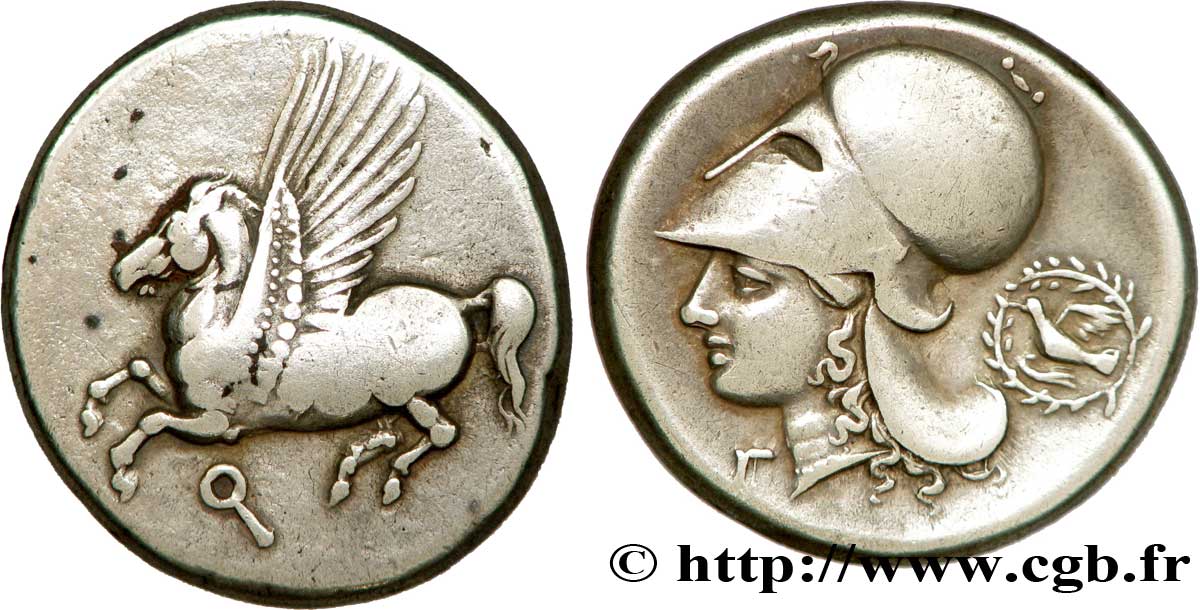
 Report a mistake
Report a mistake Print the page
Print the page Share my selection
Share my selection Ask a question
Ask a question Consign / sell
Consign / sell
 Full data
Full data




